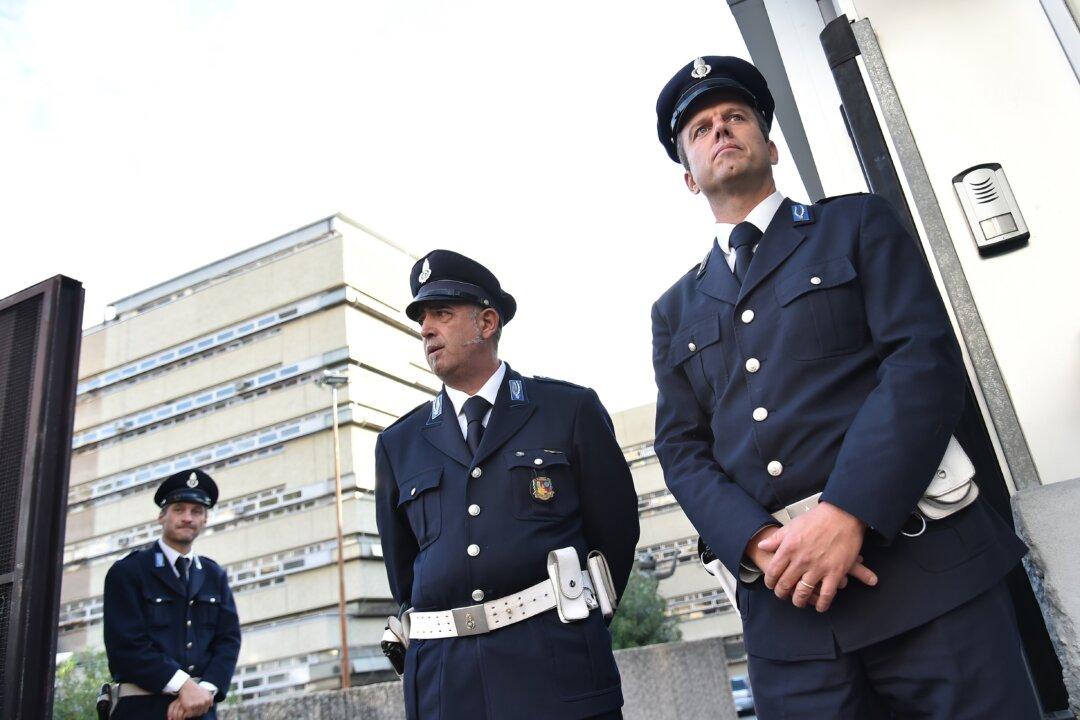The global war against mafias has a new number one enemy: the Calabrian ‘Ndrangheta. At the center of drug busts and manhunts throughout Europe and around the world, this mafia group from the deepest south of Italy seems to be everywhere. The ‘Ndrangheta dominates the drug trade and shares business with El Chapo, all the while maintaining a constant presence in countries such as Germany, Switzerland, Australia, Canada, and the United States.
Although it was only recently categorized as a mafia in Italian law in 2010, the ‘Ndrangheta has been around for as long as its well-known sister group, the Sicilian Cosa Nostra. The name first entered the public consciousness during the 1980s and 90s, when the ‘Ndrangheta carried out a series of kidnappings across Italy, in what was one of the bloodiest chapters of Calabrian history.
In August 2007, it stepped onto the global stage, when an internal feud led to the public murder of six Italians in Duisburg, Germany. By the end of the 2000s, the ‘Ndrangheta was notorious around the world for operating a major trans-Atlantic cocaine ring.
The group’s singular name has Greek origins: the word “andranghateia” refers to a “society of men of honor,” and “andrangathō” means “to do military actions.” Like any other mafia, the ‘Ndrangheta is highly secretive and operates within strict honor codes, which are deeply embedded in the societal values of Calabria. It has built a reputation on the violence of its feuds, the reliability of its business affiliates, its political influence, and its global presence.
The ‘Ndrangheta can move and settle in areas beyond the Calabrian region, and has a flexible, family-based, web-like structure, made up of various clans—much like Al-Qaeda. In this society, local roots count for as much as global reach.


